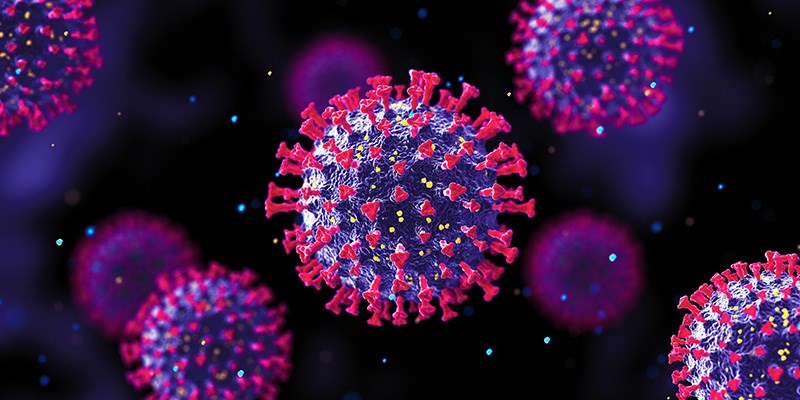SASKATOON — Lung Saskatchewan, with support from Saskatchewan Blue Cross, recently launched a website housing up-to-date, evidence-based, scientific information about long COVID.
The website includes information on treatments currently available, prevention strategies, how to self-manage common symptoms and more. This resource provides those living with long COVID practical tips, tools and resources to help manage symptoms.
“We have heard over and over from people suffering from long COVID that they need more support and more resources,” said Erin Kuan, president and CEO, Lung Saskatchewan.
“Lung Saskatchewan consulted with Lung Saskatchewan COVID-19 Support group, and the Patient Advisory Council from the Respiratory Research Centre at the University of Saskatchewan to provide resources that are scientific, peer-reviewed information. In addition, we continue to offer support through our helpline, support groups, and educational programs.”
Some people who have been infected with the virus that causes COVID-19 can experience long-term effects from their infection. This has come to be known as long COVID or post-COVID condition (PCC). Long COVID is not COVID-19. Symptoms can be different from those experienced during the initial infection. Long COVID can include a wide range of ongoing health problems; these conditions can last weeks, months or years.
To support new Canadians living with long COVID, the also provides self-management resources like Movement and Exercise, Managing Fatigue, Managing Breathlessness and Managing Brain Fog, in English, Arabic, Dari and Ukrainian.  
“This website is patient-friendly, easy to navigate, and comprehensive,” says Donna Goodridge, RN, Ph.D. professor in the Division of Respirology, Critical Care and Sleep Medicine and executive director of the Respiratory Research Centre.
“People living with PCC have provided important feedback to the Lung Sask team in order to make this website a premiere go-to resource for addressing key needs. The explanations about PCC, self-management, and available supports have been brought together in an evidence-based, one-stop shop that will continue to evolve as new information becomes available “



